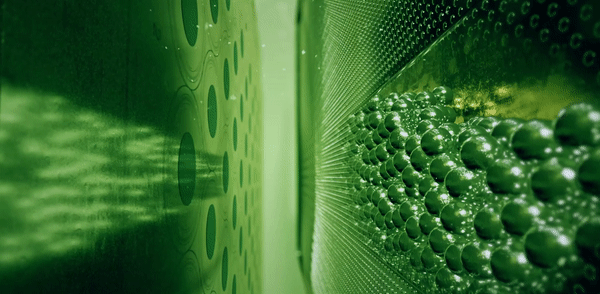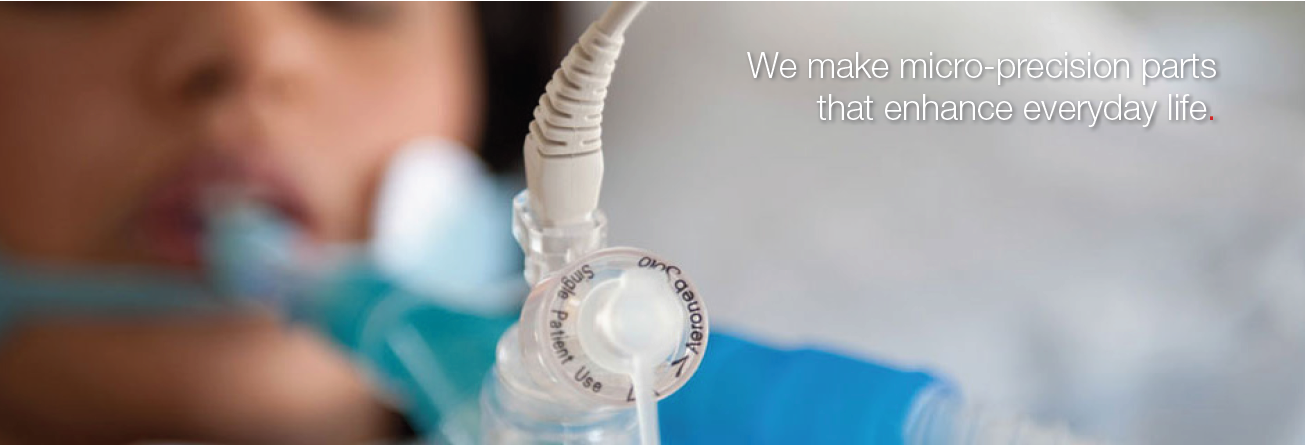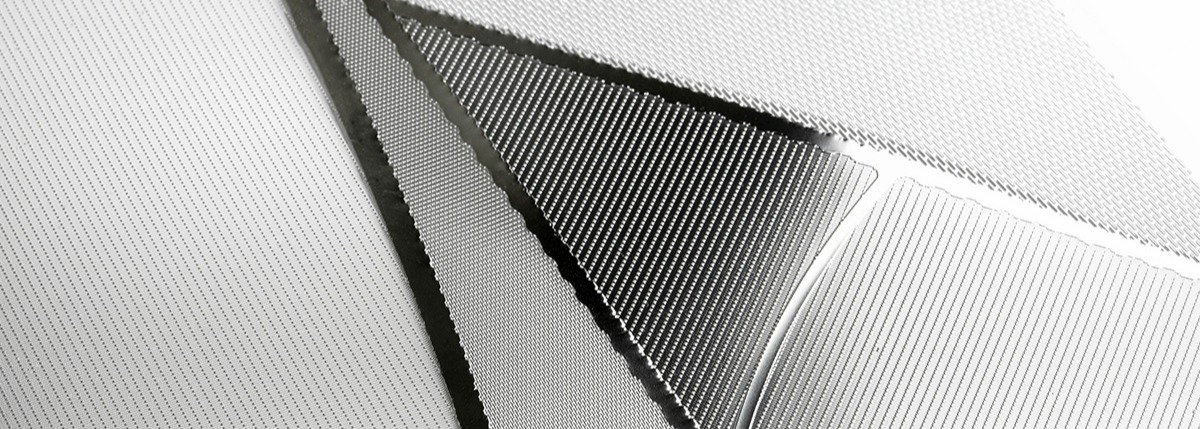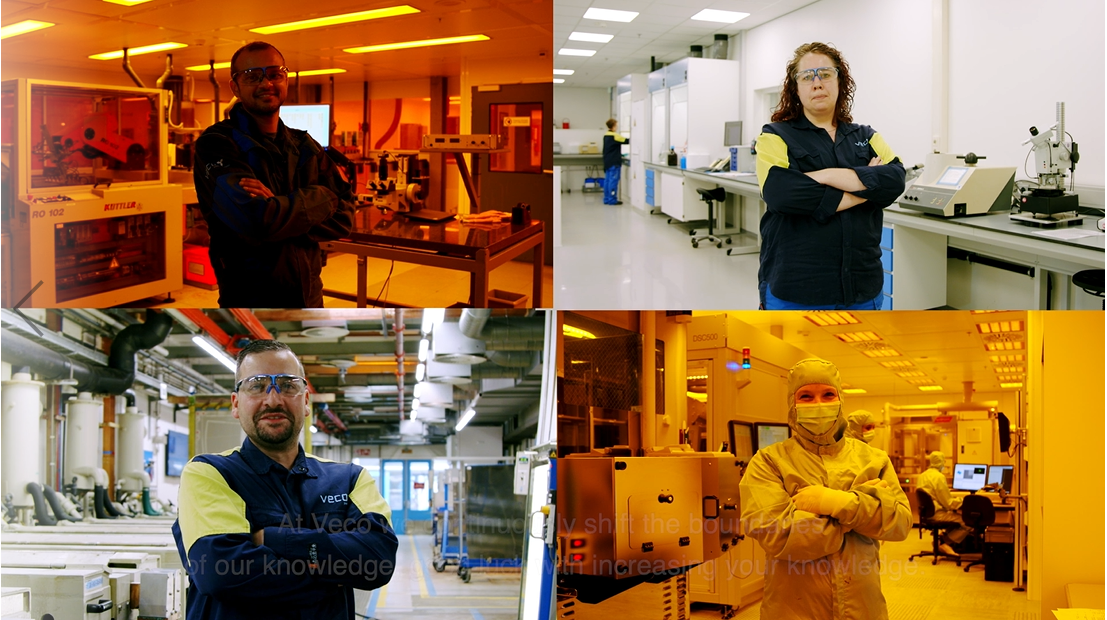Micro Solutions for Macro Challenges: Electroforming Applications in Energy, Medical, Food, and Beyond
May 26, 2022 12:12:00 PM By Hua FanIf you’ve ever used an espresso machine to make a fragrant cup of coffee or an inkjet printer to reproduce high-precision images, there is a chance that you have encountered an electroformed component without even realizing it. But what is this manufacturing technology, what unique benefits does it offer, and what applications is it used for? We’re here to explain all.
First, what is electroforming? Electroforming is a photochemical additive manufacturing technique that is based on electrodeposition in combination with photolithography.
Photolithography refers to the process where a geometric design pattern is projected to a photosensitive resist on a substrate by the means of light. Traditionally, this is done by placing a mask on the photoresist layer and exposing light to the entire mask. Laser Direct Imaging is the next step in the evolution of Photolithography technology. Much higher resolution can be achieved with LDI, which contributes to higher accuracy and better quality of the following electrodeposition process.

The electrodeposition process consists of submerging a conductive metal mandrel (the substrate) into a bath of electrolytic solution along with two electrodes. A current is then passed through the electrodes, causing metallic ions in the electrolytic solution to transform into atoms that are drawn to the mandrel’s surface. These metallic atoms build up a layer on the mandrel, and when the layer has achieved the right thickness, the mandrel is removed from the bath. The mandrel is then disconnected from the bonded metal atoms, which form the finished part.
Micro-precision tolerances and features
The electroforming process is known for its capability to produce fine metal parts with micro-precision details and features. In fact, electroforming can achieve tolerances as small as 1 μm, which is far tighter than what many other metal forming processes can achieve—CNC machining, for example, can reach tolerances of about +/- 25 μm. The unparalleled precision of electroforming is down to the fact that the technique effectively builds parts atom by atom.
Thanks to the additive nature of electroforming, the production process also offers freedom of design, especially when it comes to fine features like micro-perforations and high-precision holes. For instance, electroforming is able to make parts that integrate holes with a unique conical structure. This design—impossible to make using drilling or punching—is popular in filtration applications, as the hole’s signature tapered structure is optimized for filtration performance and to reduce clogging.
In the production of metal parts, electroforming offers other benefits too, such as burr-free features (including walls and holes) and a part thickness range of between 5 μm and 1200 μm. Electroformed parts can also be made to integrate features as fine as 2 μm, which is key to unlocking a slew of high-precision applications across various industries.
Electroforming applications at the cutting edge
Electroforming applications are incredibly versatile and will only continue to expand as trends like miniaturization continue to accelerate and the need for increasingly high-performance parts grows. Today, we are seeing more and more interest in electroforming in the use of parts like filters, nozzle plates, electrodes, and test contactors. All these application areas can benefit from the ultra-high precision electroforming offers as well as the unique design features it creates. Let’s take a closer look at four game-changing electroforming applications in the energy, medical, consumer, and food industries to better understand how these benefits are realized.
Hydrogen Production
The production of hydrogen (H2) gas is becoming increasingly important as the world aims to transition to greener sources of energy. This gas is produced through the electrolysis of water, a process in which electricity breaks down the renewable resource into oxygen and hydrogen gas. In order to deliver an electric current to water in the electrolysis process, electrodes are used as conductors.

Electroforming specialist Veco has created an innovative process for producing low-cost, durable, and sustainable electrodes for H2 gas production. The patented process, called Ni-E³, uses electroforming to make electrodes from nickel, a non-precious metal that is stable in alkaline solutions. The electroformed electrodes are also characterized by their unique structure, which allows for surface enlargement of up to 20,000 times, resulting in unprecedented H2 gas production yields. The electrode production process not only enables lower cell voltages at higher current densities, but also is highly scalable and zero waste.
Nebulizer Plates
Nebulizers are highly effective drug delivery devices that transform liquid medication into a fine mist to be inhaled directly into the lungs. The conversion process is enabled by a rapidly vibrating mesh plate, which turns the liquid into an aerosol as it passes through it. Veco manufactures these mesh plates for nebulizers, leveraging its electroforming process to create meshes with high-precision perforations as small as 2 μm. The holes in the electroformed nebulizer plates are also completely uniform and integrate a unique bell mouth structure that enhances the atomizing process.

The high quality and precision of the electroformed nebulizer plates allow for the consistent production of millions of micron-sized droplets per second, which in turn allows for rapid and precise drug delivery to the lungs. The devices are also made from biocompatible materials for safe drug administration. Presently, Veco is working closely with partners in drug delivery R&D to further explore and implement electroforming for this medical application.
Inkjet Nozzles
Inkjet technologies are the gold standard for printing high-quality images and graphics. But the quality of inkjet printing itself is highly dependent on the performance of the machine’s nozzles, which continuously deposit tiny, micro-scale droplets of ink onto the paper substrate. Electroforming has thus become the manufacturing process of choice for many leading inkjet printer makers, enabling them to achieve the tightest tolerances and unparalleled performance for inkjet nozzle plates.

Veco’s electroformed inkjet nozzle plates have a number of advantages over their non-electroformed counterparts. For one, they are high precision, with hole diameters between ≥15 µm and ≥ 35 µm and features and tolerances of ±1 μm. Second, the inkjet nozzle plates can be customized to meet specifications regarding nozzle and hole shape, chemical and mechanical stability (through the use of different materials), and multi-layer ink channel alignment. In regards to nozzle hole structure, Veco offers two main categories: standard cylindrical hole (with no risk of burring) or bell mouth hole, which is optimized to reduce clogging. Ultimately, the high-precision perforations of the nozzle plates encourage straight and accurate jetting for higher quality prints and more durable machines.
Filtration Sieves
Filtration devices are critical for many applications in the food industry, both for separating liquids from solids and for the even distribution of materials like liquids and powders. Thanks to its ultra-precision, electroforming is becoming more and more popular for the production of filtration sieves for the food industry.
On the manufacturing side, for example, Veco makes sugar screens for the industrial production of sugar. These sugar screens, which feature anti-clogging bell-mouth holes and smooth, burr-free surfaces, are used under centrifugal force to remove molasses from sugar crystals. The sugar screens are made from chrome-plated electroformed nickel and offer excellent durability and superior centrifuge throughput by up to 150% thanks to the design’s high open area.

Electroformed filters are also upping the standard in fully automatic espresso machines, where they are used in the brewer in fully automatic coffee machines. The high quality of the filters—distinguished by their anti-clogging holes with diameters as small as 0.04 mm, and smooth burr-free surfaces—influence the taste and quality of the coffee. Unique hole geometries of Veco’s shower screens for espresso machines have even resulted in better crema and fuller coffee flavor.
Co-Develop with Veco
Based in the Netherlands, Veco is a leader in electroforming processes and particularly its patented Advanced Lithographic Electroforming technology. The company is currently involved in all the aforementioned application areas (as well as many others) and works with clients and partners across virtually all industries, including aerospace, automotive, electronics, energy, food, healthcare, industrial automation, printing, and beyond.

Central to Veco ’s offering is its cooperative ethos. Recognizing that every application and use case has specific needs, the company works closely with its clients to design and develop custom solutions that exploit the benefits of electroforming. Its end-to-end services also go beyond development through to prototyping and ultimately industrial production.
